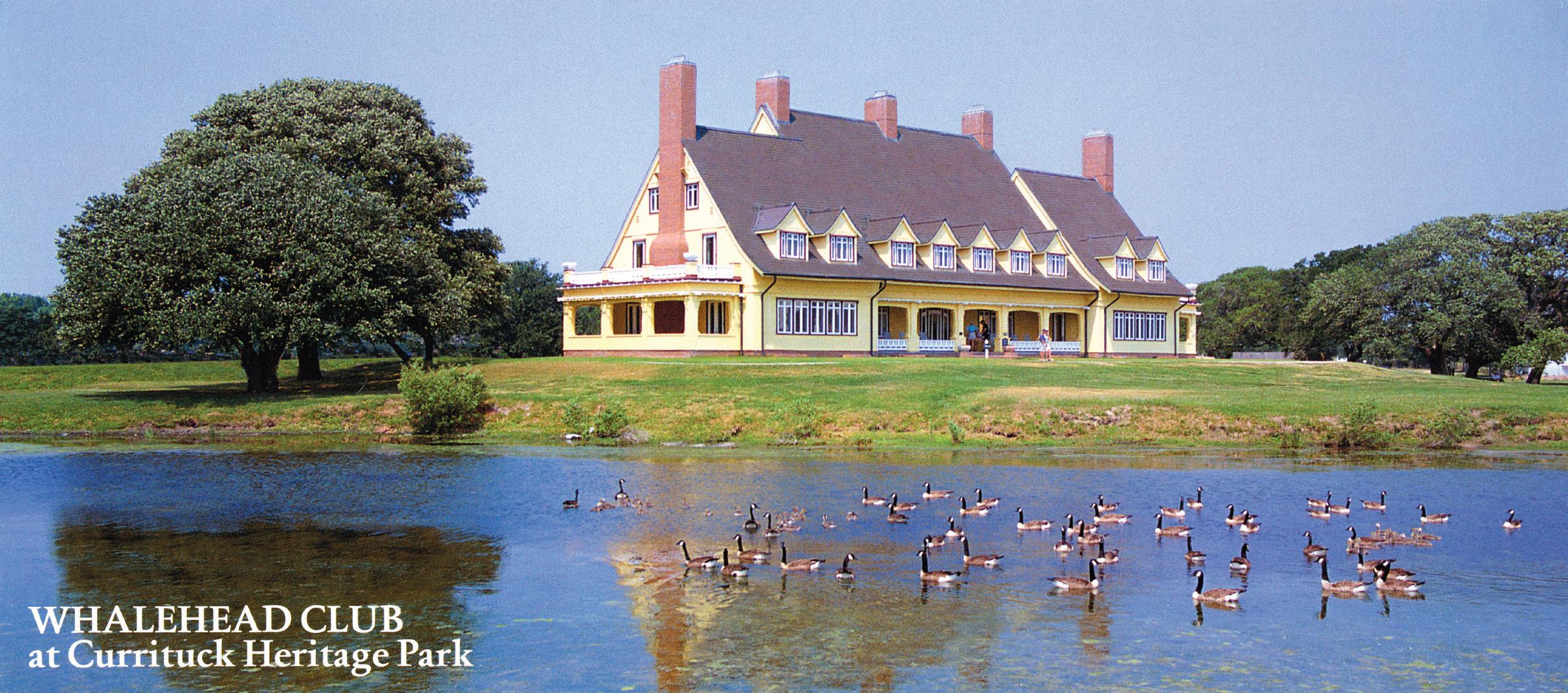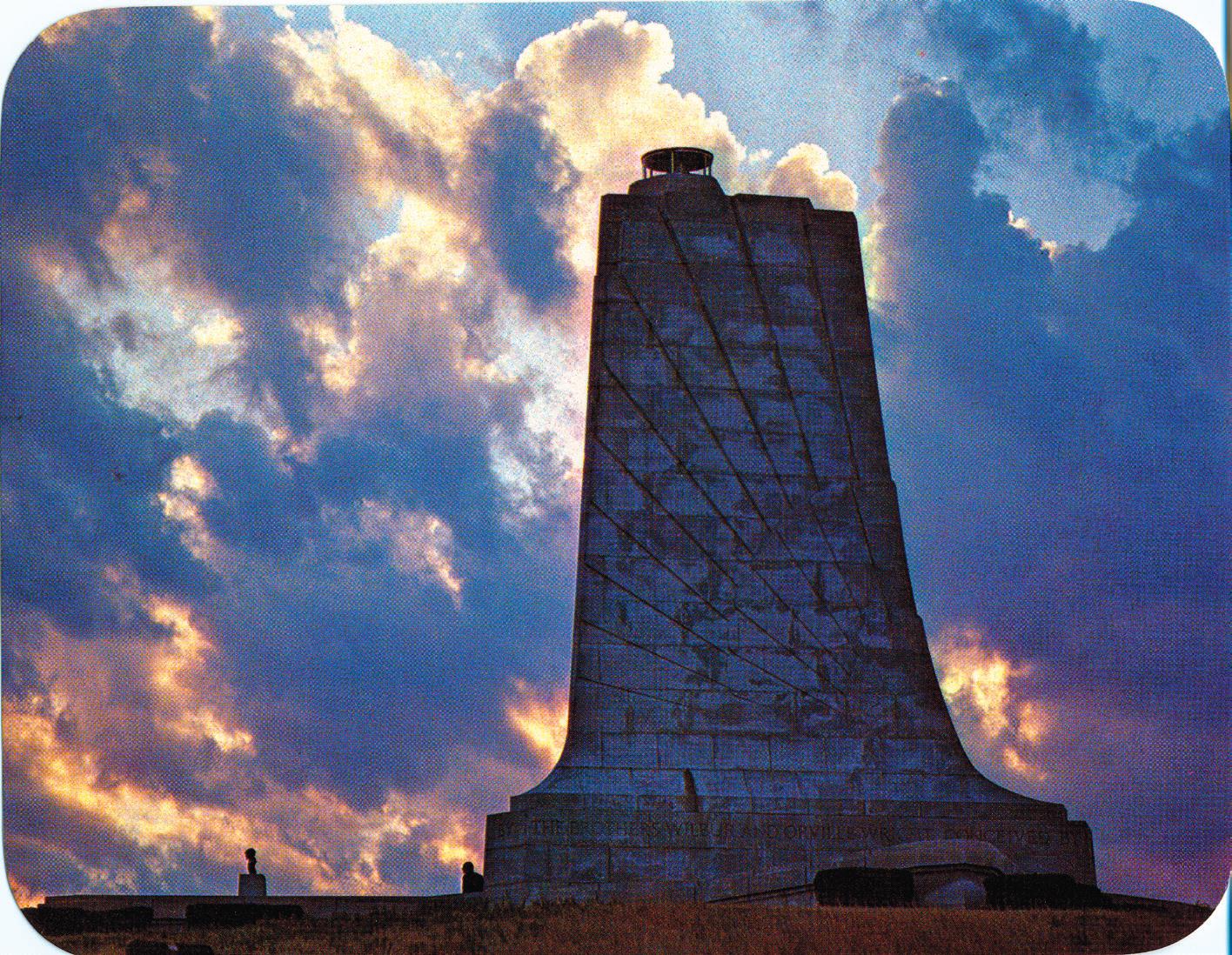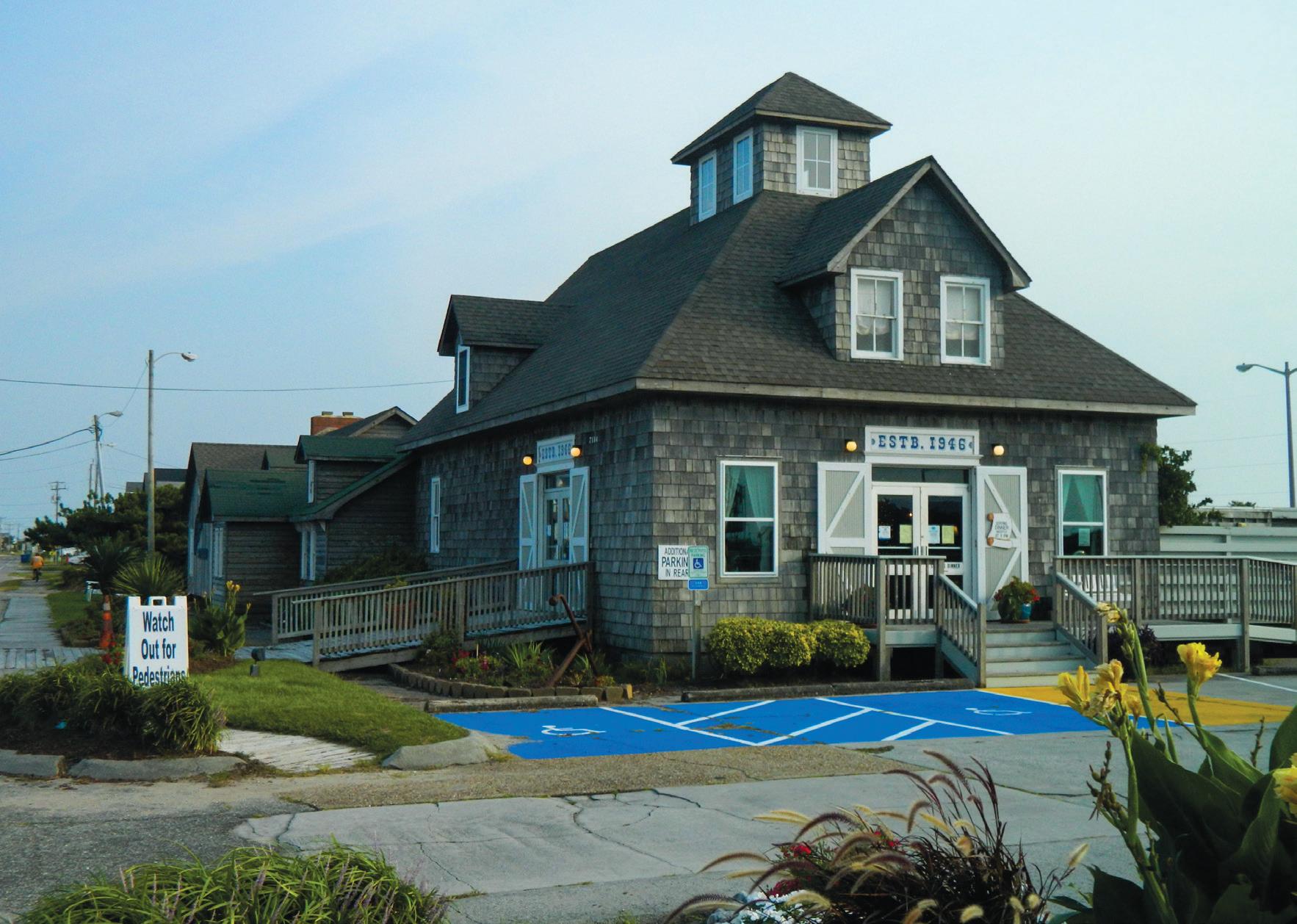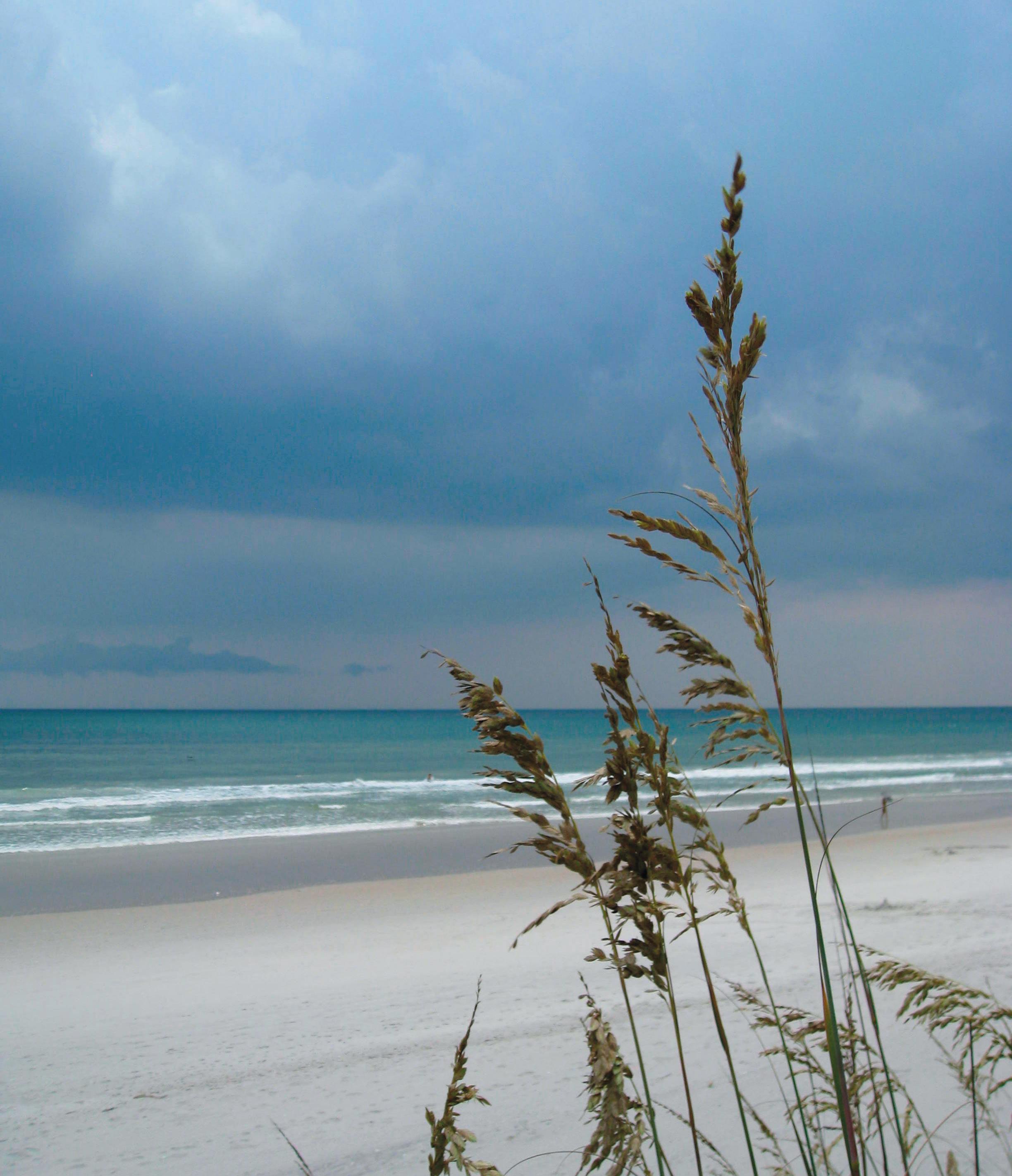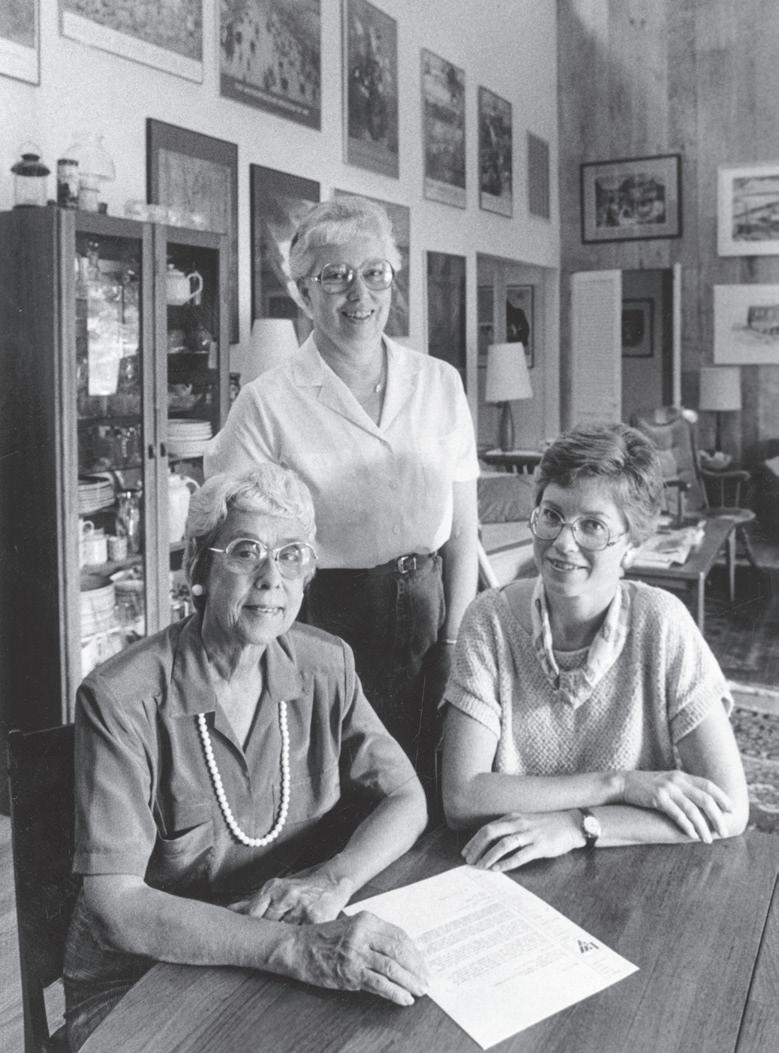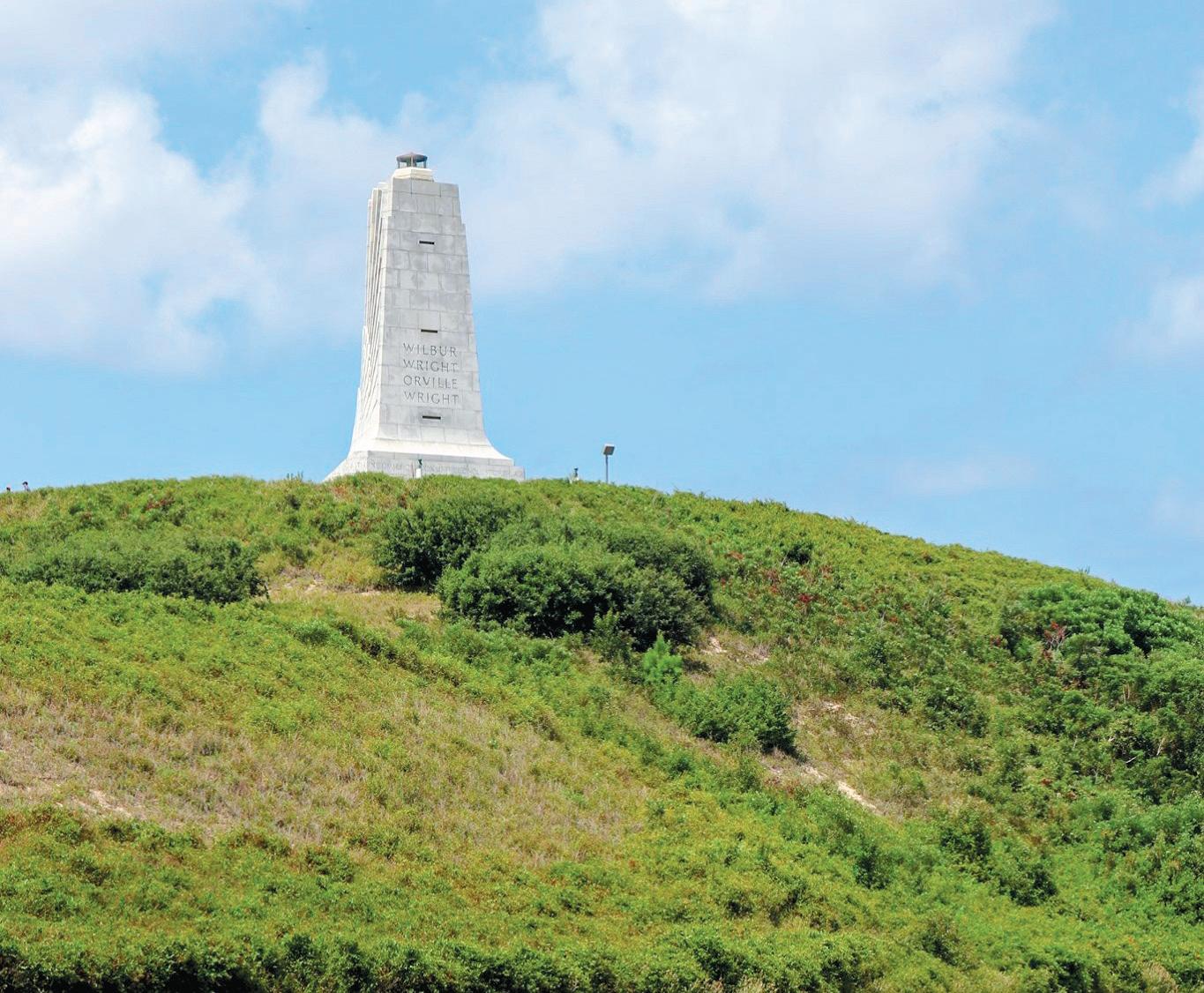22 • Outlook 2020
COURTESY HYDE COUNTY
Far left: Silver Lake Ferry COURTESY NCDOT
Left: M/V Hatteras
Moder� ferries traverse historic routes
by Mary Helen Goodloe-Murphy mhgm@thecoastlandtimes.com Sounds and rivers dominate the Outer Banks and for centuries served as primary transportation arteries. In 1915, the first vehicles arrived on the Outer Banks and drivers wanted to move those vehicles across the waters. The history of North Carolina’s ferry division starts with entrepreneurs creating makeshift ferries in the 1920s. At Oregon Inlet, Capt. J.B. (Toby) Tillett of Wanchese hooked up a tug-and-barge towing system. Eventually, he built wooden trawler type ferry. In 1934, the State Highway Commission started subsidizing Tillett’s business to reduce fares. In 1942, another agreement between the commission and Tillett eliminated tolls completely. In the early 1940s, another entrepreneur, T.A. Baum, started a ferry business across the Croatan Sound between Manns
Harbor and Roanoke Island. Baum used two 10-car capacity wooden ferries. In 1947, his widow sold the franchise to the state to become the first route of the new ferry operations. This ferry route would end with the opening of the Umstead Bridge across the Croatan Sound. About four years later, Tillett sold his operation to the state. This ferry service ended in 1963 with the opening of the Herbert C. Bonner Bridge. As roads were completed, demand for ferry service between Hatteras and Ocracoke islands increased. Frazier Peele met the demand with a four-car wooden ferryboat. Sometimes the shoreline was so shallow, Peele couldn’t make landfall and customers drove vehicles through salt-water to land. His ferry operated from 1953 to 1957 when the state purchased his business. Another route was established crossing
the Pamlico Sound. The West India Fruit and Steamship Co., owned by a family in Sea Level, built a 128-foot ferry to cross the Pamlico Sound between Atlantic and Ocracoke. In 1961, the state purchased the ferry and instituted its first toll ferry. In May 1964, the operation was moved to Cedar Island for deeper water. The Currituck Sound ferry service started in 1962 for the purpose of transporting Knotts Island school students to schools in Currituck. On July 1, 1974, the North Carolina Ferry Division was formed. Today, the state’s ferry system is the second largest in the nation. Only Washington has a larger ferry fleet. During times of emergencies, the ferry system moves people out of harm’s way. Most recently, for Hurricane Isaias, the ferry division evacuated 3,538 people and 1,710 vehicles from Ocracoke on the CAPE HATTERAS NATIONAL SEASHORE PHOTO
Ferry unloading, Ocracoke, North Carolina, 1958.

